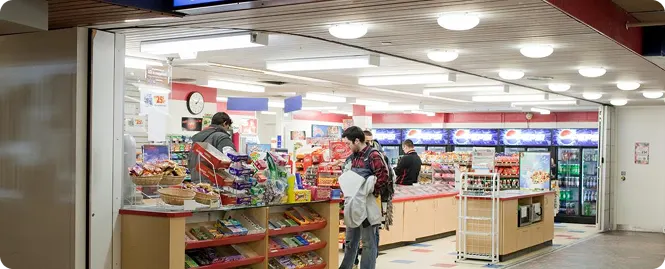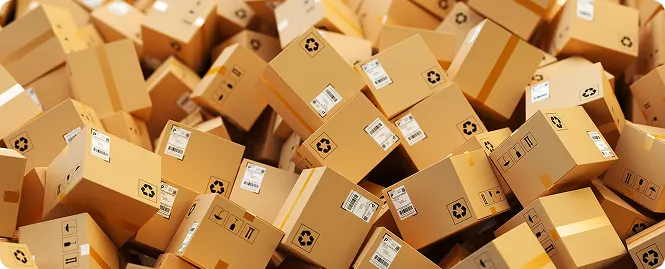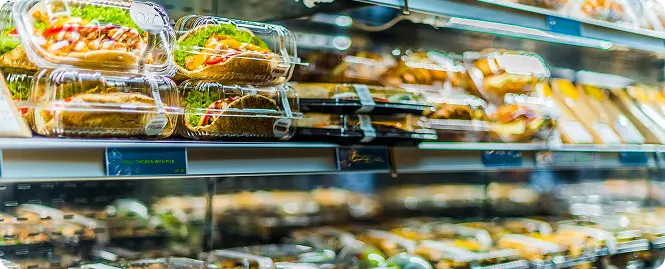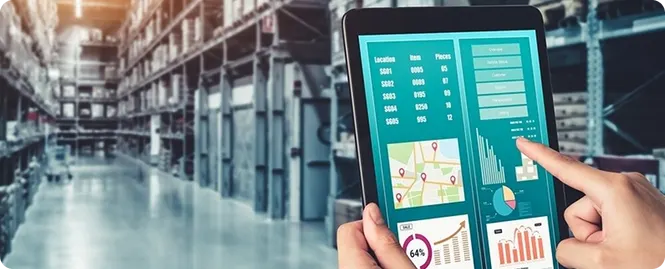Why Are Convenience Stores So Expensive?
Table of Contents
Key Takeaways
-
Convenience stores have higher operational expenses, including rent, utilities, and labor costs, which impact pricing strategies.
-
Unlike larger supermarkets, smaller stores have less storage space, leading to higher costs per unit for stocked items.
-
Consumers pay for accessibility, quick service, and 24/7 availability, which justifies the higher prices in convenience stores.
-
Convenience stores set pricing based on local competition, retail pricing trends, and profit margin needs.
-
Many stores use promotional pricing and loyalty programs to encourage repeat purchases and retain customers.
Many shoppers believe that convenience stores charge significantly higher prices compared to larger supermarkets. This perception stems from the noticeable price differences in everyday items like snacks, beverages, and household essentials. While some may assume these price hikes are arbitrary, they are actually influenced by several key factors. Understanding why high prices in convenience stores exist requires a closer look at their business model, operational costs, and pricing strategies designed to balance convenience with profitability.
Recognizing the reasons behind convenience store factors helps consumers make informed purchasing decisions. Unlike larger supermarkets, convenience stores operate in much smaller spaces, have higher restocking costs, and offer round-the-clock service—all of which are likely to increase the prices. Competitive pricing, inventory management, and customer demand also influence how products are priced. By understanding these elements, customers can better navigate price variations while store owners can refine pricing strategies to maximize profit without discouraging sales.
Convenience and Location
Convenience stores thrive on their strategic locations. They are often found in high-traffic areas where customers need quick access to essentials. Whether near gas stations, busy streets, or residential neighborhoods, their proximity saves time and effort. This easy accessibility makes them a go-to choice, even if the prices are slightly higher.
Operating 24/7 adds more value for customers who need essentials outside regular store hours. This round-the-clock availability justifies higher prices, as businesses must cover increased labor costs, security, and operational expenses. Convenience comes at a price, but for many shoppers, the ability to buy anytime outweighs the extra cost.

Higher Operational Costs
Operating a convenience store can involve significant costs, which include employee wages, rent, utilities, and security. Unlike larger retailers, these stores operate in smaller spaces with higher overhead costs per square foot. To stay profitable, they must adjust pricing to cover these expenses while ensuring they remain accessible to customers.
Unlike supermarkets, convenience stores face higher operational costs due to limited storage, frequent restocking, and more minor bulk purchasing power. Larger retailers can negotiate better supplier deals, reducing per-unit costs. Convenience stores, however, offset this disadvantage by charging slightly higher prices, making sure that they cover costs while maintaining profitability
 .
.
Smaller Inventory and Bulk Purchases
In comparison to large retailers, convenience stores don’t benefit from economies of scale because they purchase smaller quantities from suppliers. Without bulk discounts, their per-unit costs remain high. Additionally, limited storage space restricts inventory capacity, forcing frequent restocking at higher prices, ultimately impacting pricing strategies being used and profit margins.
Since convenience stores buy items in smaller volumes, they pay higher per-unit costs for products in comparison to supermarkets. This results in higher retail prices for customers. Without the ability to negotiate bulk discounts, these stores must adjust pricing to maintain profitability while ensuring they can stock essential, fast-moving items.

Premium for Convenience
Customers, in reality, are paying a premium for the speed and ease of grabbing essential items without making a whole shopping trip. Convenience stores capitalize on impulse purchases and immediate needs, offering quick access to snacks, drinks, and essentials—justifying higher prices for the added benefit of saving time and effort.
High-margin items such as snacks, bottled drinks, and ready-to-eat meals are priced slightly higher because of their immediate availability. Customers are often willing to pay extra for the convenience of grabbing a cold soda or a quick snack on the go, making these items a key driver of store profitability.

Limited Discounts and Promotions
Unlike larger retailers, convenience stores rarely offer bulk discounts or frequent sales. Without large-scale purchasing power, they cannot further negotiate lower prices from the suppliers. This means customers often pay full price for everyday items, as convenience stores focus more on accessibility and immediate availability rather than discount-driven sales strategies.
Due to their high-volume sales, supermarkets and big-box stores can afford to run promotions and offer lower prices. Convenience stores, with limited shelf space and smaller order quantities, lack this leverage. As a result, they must set pricing higher to maintain profitability while providing quick and easy access to essentials.

Inventory Diversification
Convenience stores stock a wide range of products, including alcohol, tobacco, snacks, and personal care items, many of which come with higher markups. These products are often purchased out of necessity or impulse, allowing stores to price them higher than supermarkets while still attracting customers looking for quick and easy access.
Specialized or niche products, such as organic snacks, imported beverages, or even limited-edition items, often carry premium pricing. Since these products cater to specific consumer demands and are not as widely available in larger stores, convenience stores can justify their higher prices to cover sourcing costs and maximize profit margins.

Security and Loss Prevention Costs
Convenience stores invest in security measures like surveillance cameras, alarm systems, and security personnel to prevent theft and ensure employee safety. These expenses add to overall operating costs, leading to higher product prices. Additionally, staff training for handling theft and safety protocols further contributes to the store’s existing financial burden.
Stores in high-crime areas often require extra security measures, such as reinforced entry points, additional staff, or even armed guards. The cost of these protections and higher insurance premiums are factored into product pricing. As a result, customers in these areas pay more to cover the store’s increased security expenses.

Supply Chain Challenges
Managing a diverse inventory in a small convenience store can present certain challenges, including limited storage space and the need for frequent restocking. Smaller stores often place smaller orders, which leads to higher supplier costs per unit. Additionally, ensuring shelves stay stocked requires efficient logistics, adding to overall operational expenses.
Supply chain disruptions, fuel costs, and transportation expenses significantly impact convenience store pricing. Since these stores rely on frequent deliveries due to limited storage, fluctuating fuel prices and distribution delays can drive up costs. These additional expenses are passed down to customers, making products more expensive compared to larger retailers.

Conclusion
Several factors contribute to higher prices in convenience stores, which may include operational costs, limited economies of scale, security expenses, and supply chain challenges. Additionally, the premium placed on accessibility and convenience results in higher markups. Unlike larger retailers, convenience stores operate with smaller inventories, leading to increased per-unit costs.
Comprehending the balance between convenience and cost helps consumers make informed decisions. While prices are higher, the trade-off comes in the form of easy access, 24/7 availability, and quick shopping trips. Consumers can save money by strategically purchasing staple items at larger stores while using convenience stores for urgent needs.
Insurance plays a crucial role in protecting convenience store owners from financial losses due to theft, liability claims, property damage, and other risks. With high customer traffic and valuable inventory, having comprehensive coverage ensures business continuity, safeguards against unexpected costs, and provides peace of mind in case of unforeseen events.

